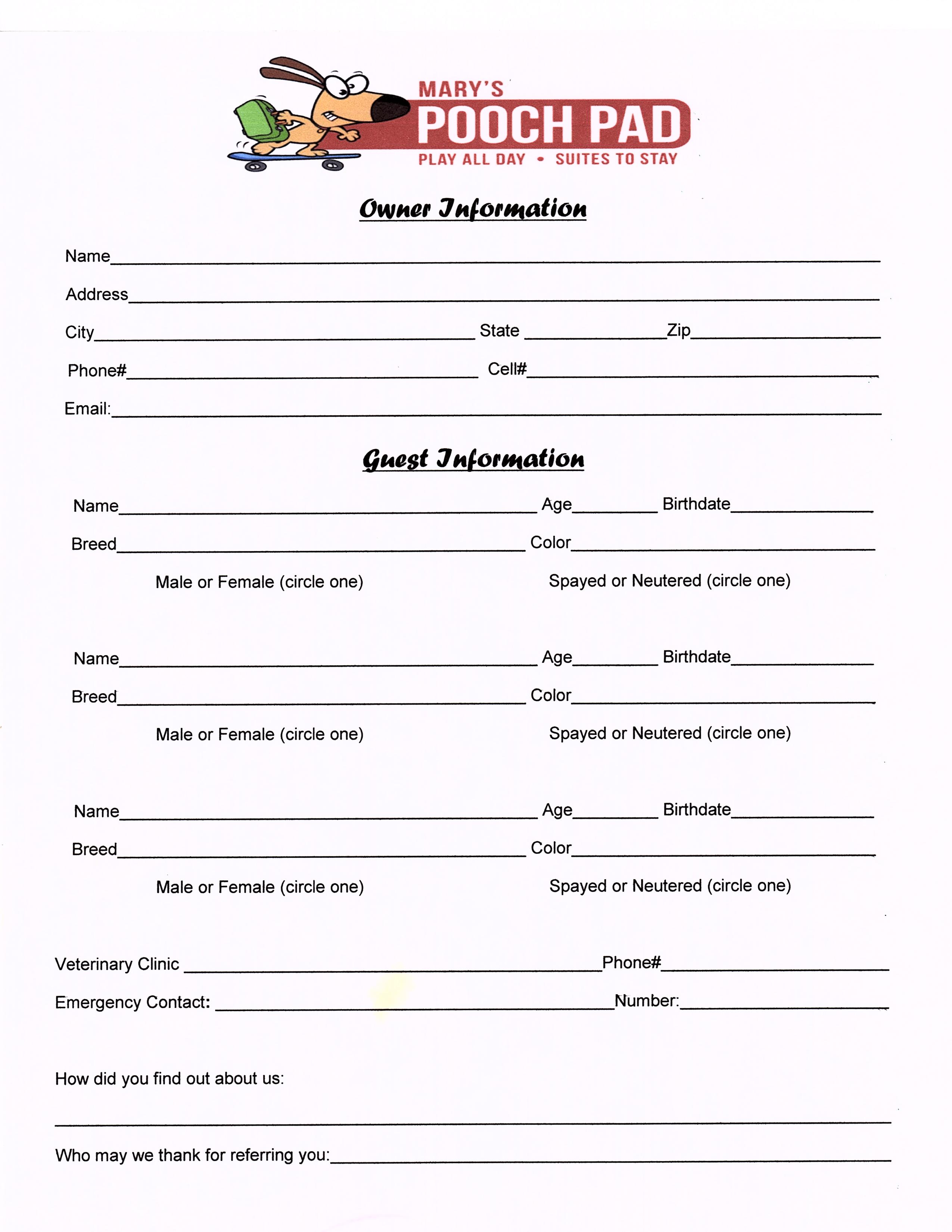Mastering Pro Forma Paperwork: A Step-by-Step Guide

Embarking on the journey of mastering pro forma paperwork can feel daunting, especially if you're new to the world of business or accounting. Pro forma documents serve as essential tools for forecasting financial scenarios, which are crucial for business planning, securing investments, or managing expansions. This comprehensive guide will walk you through the steps to create, understand, and utilize pro forma financial statements, empowering you to make informed business decisions.
Understanding Pro Forma Financial Statements

Pro forma financial statements are speculative in nature, providing insights into what the financial situation of a business might look like under certain conditions. Here’s a breakdown of the key components:
- Pro Forma Income Statement: This statement predicts future net income by estimating revenue, costs, expenses, and taxes.
- Pro Forma Balance Sheet: It forecasts assets, liabilities, and equity, offering a snapshot of the company’s financial health in hypothetical scenarios.
- Pro Forma Cash Flow Statement: This focuses on cash inflows and outflows, helping businesses plan for liquidity and investment needs.
Creating Your Pro Forma Statements

Step 1: Gather Historical Data

The first step in creating pro forma financials is to gather historical financial data. This serves as the baseline for your projections:
- Review past income statements, balance sheets, and cash flow statements for at least the last three years.
- Collect data on sales trends, expenses, and operational costs.
Step 2: Forecast Revenues

Forecasting revenue is pivotal:
- Analyze market conditions and industry trends.
- Consider seasonal variations and economic cycles.
- Use conservative estimates to keep your projections realistic.
Step 3: Estimate Costs and Expenses

Once you have a revenue forecast, the next step is to estimate costs and expenses:
- Project direct costs associated with producing goods or services.
- Consider variable and fixed operating expenses.
- Include one-time costs for new projects or acquisitions.
Step 4: Construct the Pro Forma Income Statement

With your revenues and expenses forecasted, construct the income statement:
- List your projected revenues at the top.
- Deduct the estimated costs of goods sold and other expenses to arrive at the gross profit.
- Include all operating expenses, interest, taxes, and any extraordinary items to get to the net income.
📚 Note: Pro forma statements are best estimates based on assumptions. Regularly review and update these assumptions as your business environment changes.
Step 5: Build the Pro Forma Balance Sheet

Your balance sheet reflects your financial position:
- List all expected assets, including cash, inventory, receivables, and fixed assets.
- Include liabilities like accounts payable, loans, and other debts.
- Calculate equity by subtracting total liabilities from total assets.
Step 6: Prepare the Pro Forma Cash Flow Statement

Understanding cash flow is crucial for operational continuity:
- Start with net income from your pro forma income statement.
- Add or subtract non-cash expenses like depreciation or changes in working capital.
- Account for capital expenditures, financing activities, and any other cash movements.
Using Pro Forma Statements for Decision Making

Once your pro forma documents are prepared, they become tools for strategic decision-making:
- Evaluate financial feasibility: Use these statements to test different business scenarios before making commitments.
- Secure funding: Investors and lenders often require pro forma statements to understand potential returns and financial stability.
- Strategic planning: They aid in planning for growth, capital investments, or operational changes by providing a financial roadmap.
Practical Application: A Case Study

Let’s look at a hypothetical business, “GreenTech Solutions,” planning to expand its product line:
| Year | Projected Sales | COGS | Operating Expenses | Net Income |
|---|---|---|---|---|
| 2023 | 500,000</td> <td>200,000 | 150,000</td> <td>100,000 | ||
| 2024 | 650,000</td> <td>260,000 | 180,000</td> <td>150,000 | ||
| 2025 | 800,000</td> <td>320,000 | 200,000</td> <td>200,000 |

By examining this table, GreenTech Solutions can assess the financial viability of its expansion plans and adjust strategies if necessary.
🔍 Note: Always cross-verify your projections with industry benchmarks and economic forecasts for a more realistic outlook.
The process of mastering pro forma paperwork is not just about crunching numbers; it's about understanding the narrative your numbers tell. By following these steps, you've gained the ability to predict and plan for various business scenarios, helping to navigate the complexities of financial management. Regular updates and adjustments to these documents ensure your business remains agile and responsive to changing conditions.
Why are pro forma statements important?

+
Pro forma statements are critical for assessing the financial impact of future business decisions, securing funding, and strategic planning. They provide a preview of how different scenarios might play out financially, allowing for better-informed decisions.
How often should I update my pro forma statements?

+
Ideally, pro forma statements should be updated quarterly or when significant changes occur in your business environment, such as major acquisitions, new product launches, or shifts in market conditions.
Can pro forma statements predict future performance accurately?

+
While pro forma statements can provide insightful projections, they are based on assumptions and cannot predict the future with absolute accuracy. They are tools for estimation and planning, not definitive outcomes.